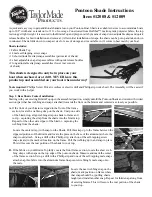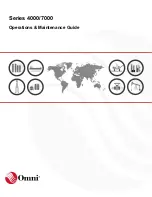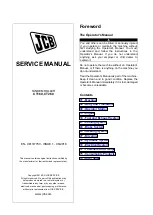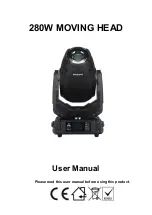
6. Place the insulating cover over the seismometer, fitting the cable exit slot over the
cable. See
"Installing a Trillium Compact Vault in the Insulating Cover" on page 43
If the fit around the seismometer is too tight, remove the inner layer of foam from the
insulating cover. Retain the pieces of foam for future deployments and transport.
It may be necessary to place a weight on the insulating cover or to bury it to protect it
from weather or other disturbances.
7. Power the seismometer, and using a digitizer (see
) or the Trillium Compact Web interface (see
and
"Using the Web Interface" on page 62
verify a level
installation by checking that the mass positions are within an acceptable range (at or
very close to zero).
3.5 Recommendations for Pier Construction
If your installation involves the construction of a pier, use
as a guide to constructing
your pier:
Material
Concrete. Homogeneous, 50% Portland cement and 50% sieved sand (see
"Choosing the Right Concrete" below
).
Size
Large enough to fit all required seismometers, cables, and insulation.
Thickness
Within the range of 2 in. to 4 in. on top of bedrock.
Surface
Smooth, level, and clear of debris.
Decoupling
Decouple the pier from the vault walls (see
"Decoupling the Pier and Vault
).
Table 3-1 -
Recommended pier design specifications
3.5.1 Choosing the Right Concrete
The concrete used in a seismic pier should be as homogeneous as possible to avoid inducing
tilts from differing thermal coefficients of expansion. To create a homogeneous concrete
mixture do not use any aggregates and ensure the concrete is free of air bubbles. Steel
reinforcement is not necessary as strength is not a concern in seismic piers.
Chapter 3 - Installing a Trillium Compact Vault Seismometer
16889R10 • 2020-11-12
Page 35
















































